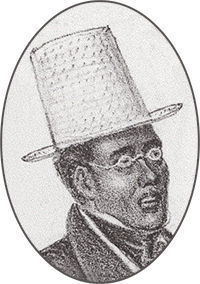Introducing Students to Their Source Packets
PURPOSE:
To give students the information and guidance they need to successfully engage in their group research projects using their Source Packets.
MATERIALS:
Eleven separate packets with excerpts from primary and some secondary source materials along with guiding questions. Each packet is focused on a different person and represents a facet of a larger story.
PLAN OF INSTRUCTION:
- Students are now prepared to begin work on their research projects. The architecture of the larger project needs to be explained to them. The students are going to visit Florence and the David Ruggles Center where this history happened. The principle way we share this history at the Center is by walking around the village to important sites and explaining who lived there or what happened there. We call this a “walking tour”. Here’s the catch: you are getting off the bus and then you are leading the walking tour. How does this work?
- We have assembled eleven packets of documents for students to use. Each packet contains documents connected to a different person and a separate stop on the walking tour. When the group arrives at the stop on the tour that is connected with your person, you will use the information contained in your packet to create a spoken presentation for the group. You will work together in small groups of two to three students. You are strongly encouraged to consult with other groups, your teachers, and outside sources to make your presentation the best it can be.
- Here’s the second catch: you are piecing together this history using the same documents that we used to create the stories we tell. You are not only the presenter, you are the historian too! Each packet contains an introduction to your person, excerpts of primary source documents connected to that person, and sets of guiding questions that will highlight points you need to include in your presentation. Your teacher will discuss how we would like you to use these documents to best advantage. Each stop on the tour tells an important piece of the story we share. This is your contribution to our collective understanding of this important history.


